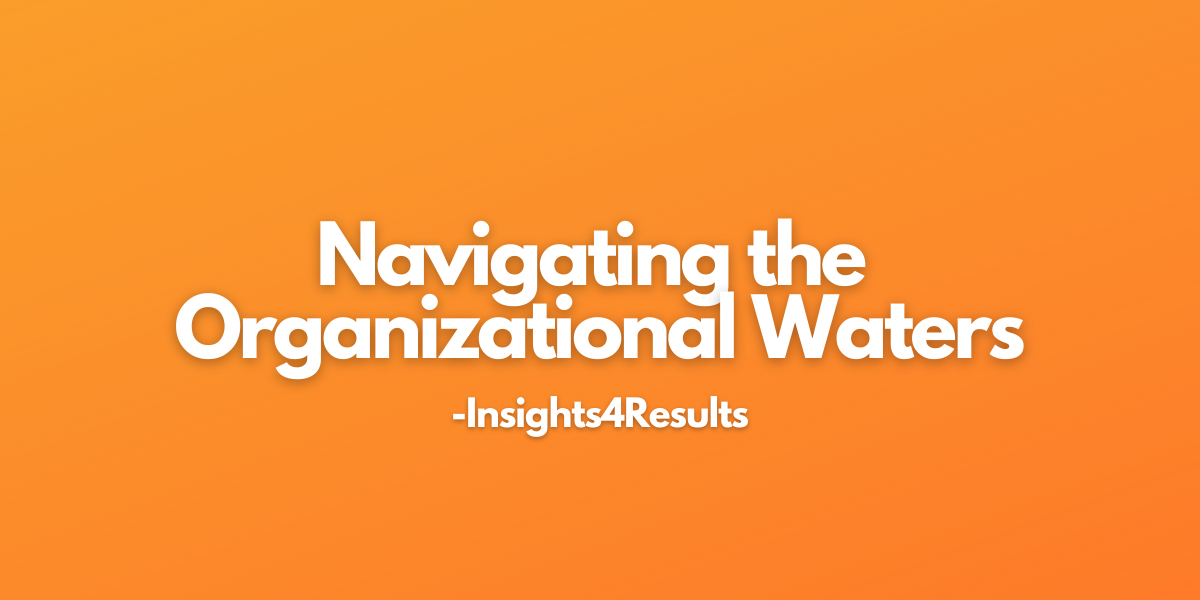Navigating the Organizational Waters
Do you ever think about what is most critical to succeed in an organization, be it public, private or non-profit?Do you wonder how some individuals manage to achieve career success without offending the wrong people at the wrong time? Do you question what has stalled you in your own career?
While working as the Career Development Manager for the City of San Diego, I incorporated the 5 “P” model into the program to assist individuals with managing their careers. The 5 “P:s are 1) Person--who am I, 2) Perspective--how am I viewed by others, 3) Place--what is the organizational culture, 4) Possibilities--what career options are available to me and 5) Plan--creating a career plan to achieve your career goal. I later customized the 5 “P” model to include three additional “P”s: People, Personalities and Politics. Over the years working within the organization I recognized that the individuals who were most successful at managing their careers demonstrated the following capacity: • Ability to read people and manage their relationships, demonstrating Emotional Intelligence, • Ability to understand the different styles and preferences of the people they work with and adjust accordingly; demonstrating strong interpersonal savvy. • Ability to identify their key stakeholders and decision makers, those individuals’ agendas, and build successful relationships across the organization, demonstrating Political Acumen.
Today, as I continue to work with individuals and organizations I am reminded of the same three “P’s”. The challenges that come up for individuals, as reflected in their 360 feedback, and the challenges organizations have developing teamwork continue to be associated with the same three areas: Difficulty building successful relationships or an inability to successfully collaborate, the inability to work through conflict, or the limitation of a team or individual’s focus to solely their area of responsibility. In addition, challenges persist when individuals do not recognize the unwritten norms in the organizational culture, and don’t recognize who are the key stakeholders and decision makers who influence resources and ultimately their results.
So what can be done?
What I have learned and observed is organizations that provide mentoring and coaching support to new managers and leaders help them to assimilate into the culture much faster and are more successful with retention. As we know, there are high costs associated with hiring a new employee, especially at senior levels. Not onboarding them effectively, meaning helping them establish those all-important relationships, and equipping them with mentoring and coaching support early on means potentially setting them up for failure. In addition to helping build relationships, an effective onboarding program allows new hires entering your organization from the outside to better understand your organizational culture, the unwritten norms, and what is required to be successful.
Mentoring helps expand the individual’s mindset from one of competition to one of collaboration. Teamwork becomes the expectation rather than silo thinking. There are numerous ways to approach mentoring: peer to peer, senior level mentors, or as you build your internal talent to fill future vacancies, group mentoring is very effective in developing a group of high potentials who can learn from one another.

